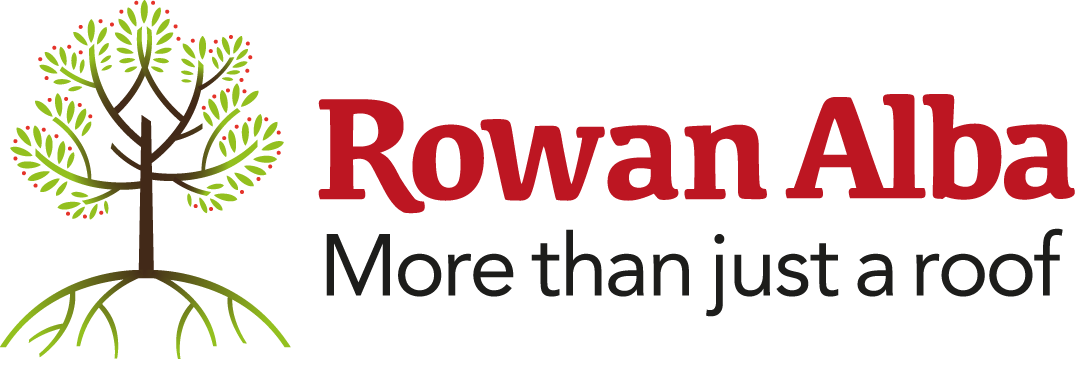Here at Rowan Learning Centre, it’s not all National Trauma Training Frameworks and Adverse Childhood Experiences, sometimes we have to wrestle with REALLY difficult topics, such as “Can I use this training on my cat?”
Over the last 4 months we’ve delivered our Trauma Informed Practice training to around 30 individuals from a wide variety of roles and backgrounds, so the questions we get from candidates have provided much learning and food for thought.
On day 1 of the last training, I was asked the above question. I paused, thought about it, and replied “No, no you can’t, and if it’s ok we’ll pin that question and come back to it tomorrow when we discuss ‘Gibbs’ Theory of Reflective Learning’”
I’m probably going to be including the discussion that followed in all future sessions, even if only to be able to say that I sometimes get paid to discuss cat psychology for 10 minutes at a time.
So what links cats, Trauma, and learning theory?
We’ve all seen what happens when you try to get a cat to look at itself in a mirror. It either completely ignores itself, or goes a bit radge. The following ‘highly academic’ article explains a bit more about that, and has some very entertaining Youtube clips of this phenomenon in action.
So basically, cats don’t know that they exist, or at least not as them. This means that they are unable to Reflectively Learn, they can only learn behaviourally, in response to external stimuli as experienced. It’s not just a lack of opposable thumbs that’s prevented cats from picking up 2 sticks and making a fire.
They can’t ‘learn to bear’ the spray of a water gun when they jump onto a work surface with food on it, they just know that getting sprayed with water is not really worth it, to get at the food on the table.
So what, I hear you ask, does all of this have to do with Trauma Informed Practice?
Due to the high prevalence of Trauma within our society, it is inevitable that there will be a number of staff who attend the training who have experienced the impacts of Trauma themselves.
One piece of feedback from an attendee at our Trauma training said:
“for the first time yesterday certain behaviours and habits of my own actually finally made sense to me, and showed that maybe i’m not broken but in fact affected by other things in ways I didn’t know could occur through trauma.”
This is an example of Reflective learning. It’s how we create new understanding of disparate ideas, how we shape and change our self identities, but crucially, it’s how we develop resilience. To become more able to ‘bear the unbearable’, make sense of it, and move forward with our lives. This is what Rowan Alba’s ‘5 Key Skills’ for Trauma Informed Support allow, and why they match NHS Scotlands description of a ‘Phase Based Approach’, essential when working with anyone who may have experienced Trauma.
You can’t do that with cats, regardless of what ‘that video’ might claim. It’s not reflecting, it’s not growing, it’s not experiencing existential dread or even ‘moving beyond the trauma of being sprayed with a water gun’. It’s just freaking out at the sight of another cat. Which is why you can’t support cats using The ‘5 Key Skills’.
Only one man, the behavioural scientist Pavlov (Warning: Contains strong language) ever managed to get a cat to reflectively learn, and look what happened when he opened that Pandoras Box. I would not wish that fate on anyone.
Check out the flyer for details of our next Trauma Informed Practice training, who knows what you will learn?
Or check out our last blog for more on what we’ve learned so far.
